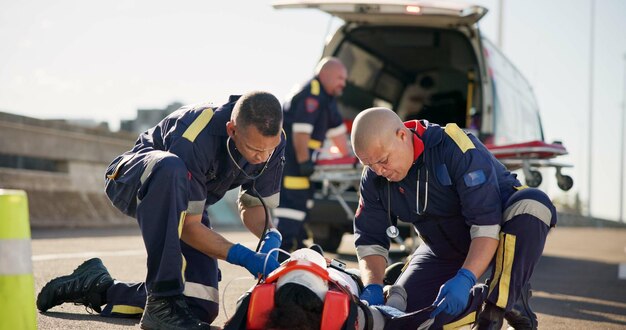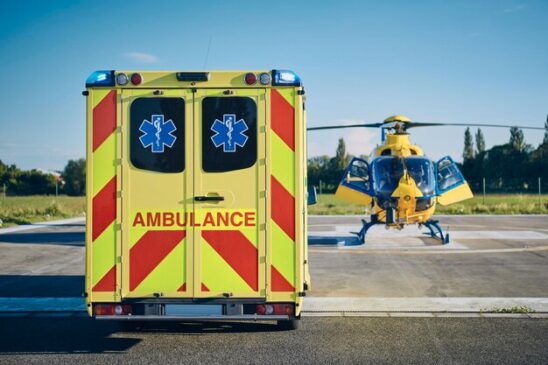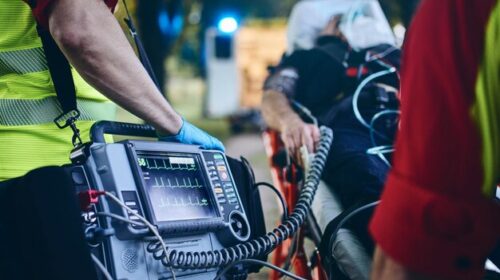Emergencies can strike anytime, from natural disasters and public health emergencies to industrial accidents and security issues. In a vast and diverse country like Canada, an effective emergency response system is critical to protecting lives, infrastructure, and communities. However, how does Canada manage large emergencies, and how do different levels of government work together to take timely and effective action?
Canada has a tier-based emergency response system, ranging from local to provincial and federal levels, depending upon the severity of the support needed. The system is founded upon inter-agency coordination among first responders, government, and humanitarian actors to mobilize resources in timely and effective ways.
The following explains how Canada’s emergency response system works.
1. Emergency Detection & Reporting
The first step in addressing any crisis is to detect and report it to the appropriate authorities. The crisis can be detected directly through observation of people or automated surveillance systems.
People also contribute to responding to emergencies by calling 911, which connects them to police, fire, or emergency medical services (EMS). In other scenarios, automated alarm systems, such as severe weather notifications or security alarm systems, can identify potential threats and notify response teams before human input is needed.
In situations involving elderly people and individuals with medical conditions, emergency response system Canada solutions, such as Personal Emergency Response Systems (PERS), provide another safety net: users can call for help in an instant using a button.
2. Initial Response & Local Handling
Once an emergency is reported, it is first acted upon at the local level. The paramedics, police, and firefighters arrive first to take in the scene and act in time. They aim to secure the area, protect individuals in danger, and prevent further injury.
Local authorities play an essential role in coordinating emergency responses in Emergency Operations Centers (EOCs). The centers serve as command centers where authorities receive timely data, mobilize resources, and implement emergency plans. The response is within the municipal sphere in situations that can be contained within local resources.
For example, in a domestic fire, local firefighters handle this independently. However, additional backup is required in the event of a rapidly spreading forest fire in a region beyond local capabilities. The emergency is escalated to provincial or territorial levels for further coordination.

3. Provincial/Territorial Coordination (If Local Response Isn’t Enough)
During emergencies, if local units are overwhelmed, responding provinces or territories step in to provide additional help. There is one emergency agency per province and territory in Canada, which is responsible for mobilizing resources, facilitating evacuations, and ensuring public safety.
The provinces and territories can activate their emergency systems to mobilize personnel, equipment, and financial means to affected communities. The mobilization of their provincial firefighters to combat wildfires, emergency medical teams to affected communities, and evacuation centers to house affected residents is part of this.
One of the manifestations of provincial coordination was the Fort McMurray wildfire in 2016. The growing uncontrollable inferno saw Alberta issue a state of emergency, resulting in mass evacuations and deployment of firefighting crews throughout the province. The coordination at this level ensured that resources were distributed efficiently and residents accessed the required services.
4. Federal Involvement (If Provincial Support Isn’t Enough)
Whenever there is an emergency outside of the responding capacities of a province or territory, the federal government intervenes to provide country-wide coordination and assistance. Public Safety Canada coordinates federal emergency management with various government agencies to provide help and resources.
One of the most critical aspects of federal engagement is financial assistance. The government provides this through Disaster Financial Assistance Arrangements (DFAA) schemes. These help provinces and territories recover from catastrophic disasters by reimbursing eligible emergency response and recovery-related expenses.

5. Recovery & Long-Term Assistance
Once the emergency has passed, recovery and ongoing support kick in. The recovery is guided by the severity and type of disaster but typically comprises the repair of infrastructure, financial assistance, and social services to affected individuals and firms.
Restoring core services, such as electricity, water, and transportation systems, is one of the top priorities to help life return to normal as quickly as possible. Governments work with financial institutions and insurance companies to help individuals rebuild homes and businesses destroyed in disasters.
Psychological and emotional rehabilitation is also included in post-emergency assistance. The Canadian Red Cross, in association with other organizations, provides mental health services, trauma counseling, and neighborhood reconstruction activities to help residents cope with the effects of an emergency.
In addition, long-term recovery can involve analyzing failure and better-preparing emergency systems for the future. Governments can reform emergency policy, fund new equipment, and update building codes to improve disaster readiness.
Final Thoughts
Canada has a multi-layered emergency response structure designed to provide timely and effective assistance in times of crisis. Starting from detection and local response to provincial coordination and federal intervention, each level of government has a vital role in dealing with emergencies and ensuring people’s safety.
While challenges remain, ongoing advances in policy, technology, and inter-agency collaboration enhance the country’s ability to manage disasters. As emergencies become more frequent and sophisticated, Canada’s emergency management apparatus is adapting to help communities remain resilient and safe in times of crisis.
People Also Read: A Look at the Methods Used to Calculate Pain and Suffering in Personal Injury Law

